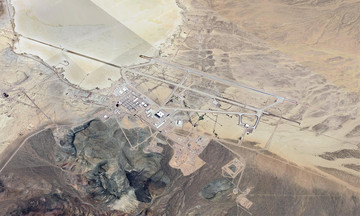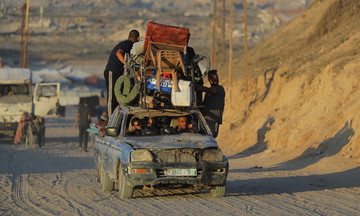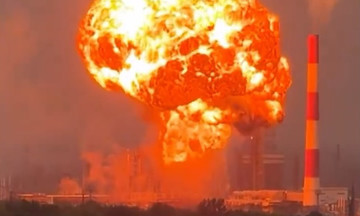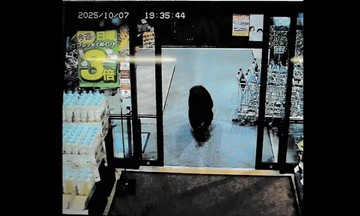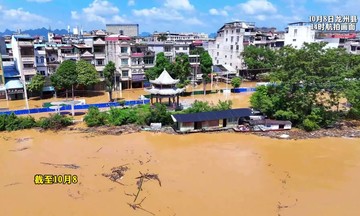"Gaza is burning," Israeli Defense Minister Israel Katz posted on X (formerly Twitter) on 16/9, as the Israeli military unleashed its most intense bombardment of Gaza City in nearly two years of conflict. The UN Secretary-General called the Israeli attack "horrific."
Gaza health officials reported that the continuous Israeli airstrikes killed about 91 people on 16/9 alone. At least 17 buildings in Gaza City were destroyed, including the Aybaki Mosque in the Tuffah neighborhood. In addition to the aerial bombardment, the Israeli military used robots equipped with explosives to demolish areas in the north, south, and east of the city.
Many residents initially vowed to stay in the city during the first days of the planned Israeli offensive. However, as Israeli fighter jets continued their relentless bombing, reducing buildings to rubble, residents of Gaza City hastily evacuated, carrying their remaining possessions as they fled toward the coastal city of Al-Rashid.
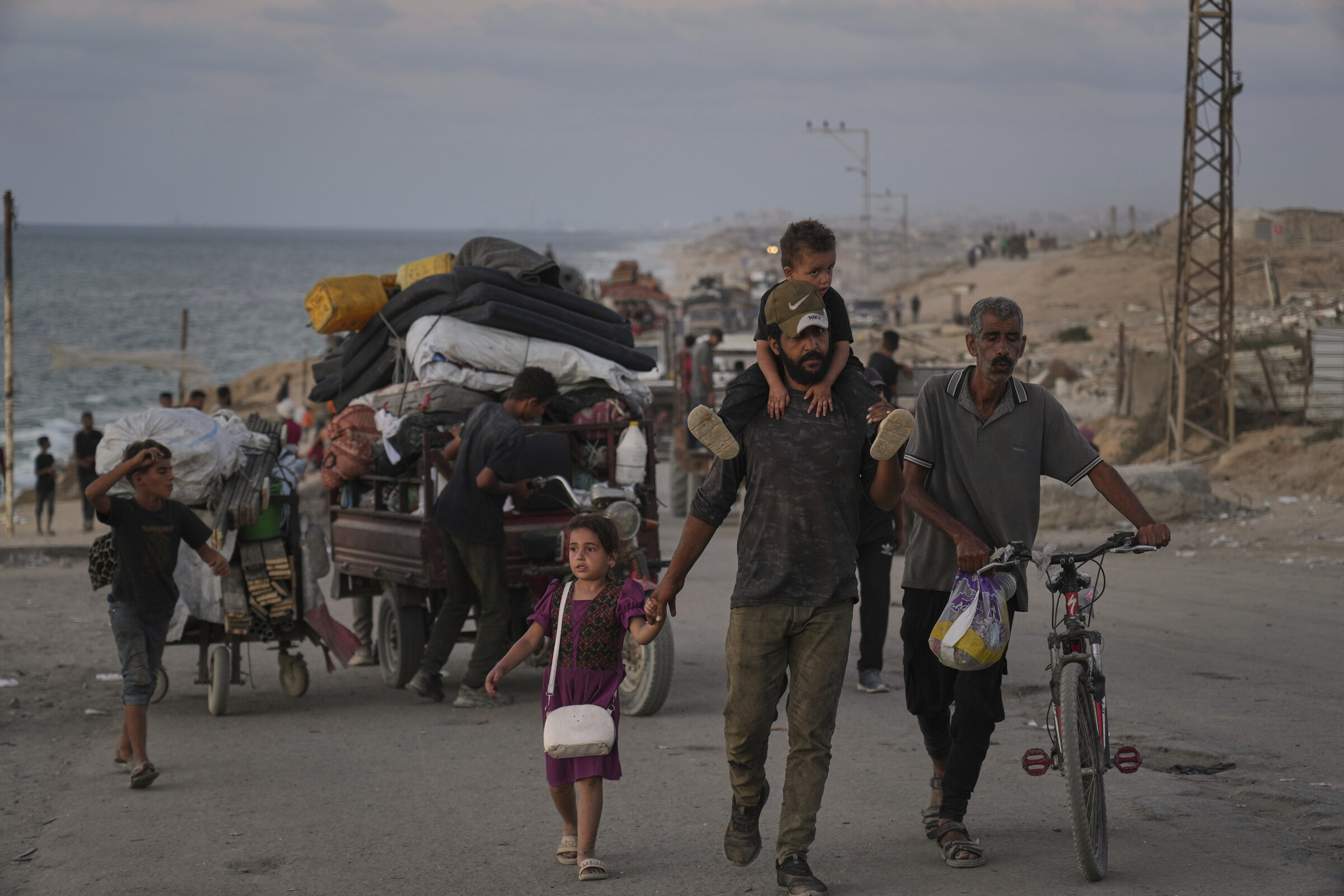 |
Palestinian civilians evacuate southward as Israel bombs Gaza City on 16/9. Photo: AP |
Palestinian civilians evacuate southward as Israel bombs Gaza City on 16/9. Photo: AP
An Israeli military official estimated that about 350,000 people had fled Gaza City. However, Gaza authorities said that about 190,000 people left the city, with the remainder moving to the central and western areas of Gaza City.
Civilians leaving Gaza City are expected to face an uncertain future in the south. The humanitarian zone of Al-Mawasi, already overflowing with evacuees from the eastern areas of Rafah and Khan Younis, has also been targeted by Israeli airstrikes.
Gaza authorities also noted a reverse evacuation trend on 16/9, reporting that about 15,000 people returned to Gaza City after witnessing the harsh living conditions in Al-Mawasi.
Much of Gaza City was devastated in the initial weeks of the conflict, but approximately 1 million residents later returned and remained until now. This latest exodus means they will likely face overcrowded humanitarian camps with shortages of food and medical supplies along the southern Gaza Strip coast.
Meanwhile, the Israeli military released images showing columns of tanks and armored vehicles advancing deeper into Gaza City, in an effort to gain full control of the city and "wipe out" Hamas. The military acknowledged it would take "several months" to control Gaza City.
"However long it takes, we will continue to operate in Gaza," said Israeli military spokesperson Effie Defrin.
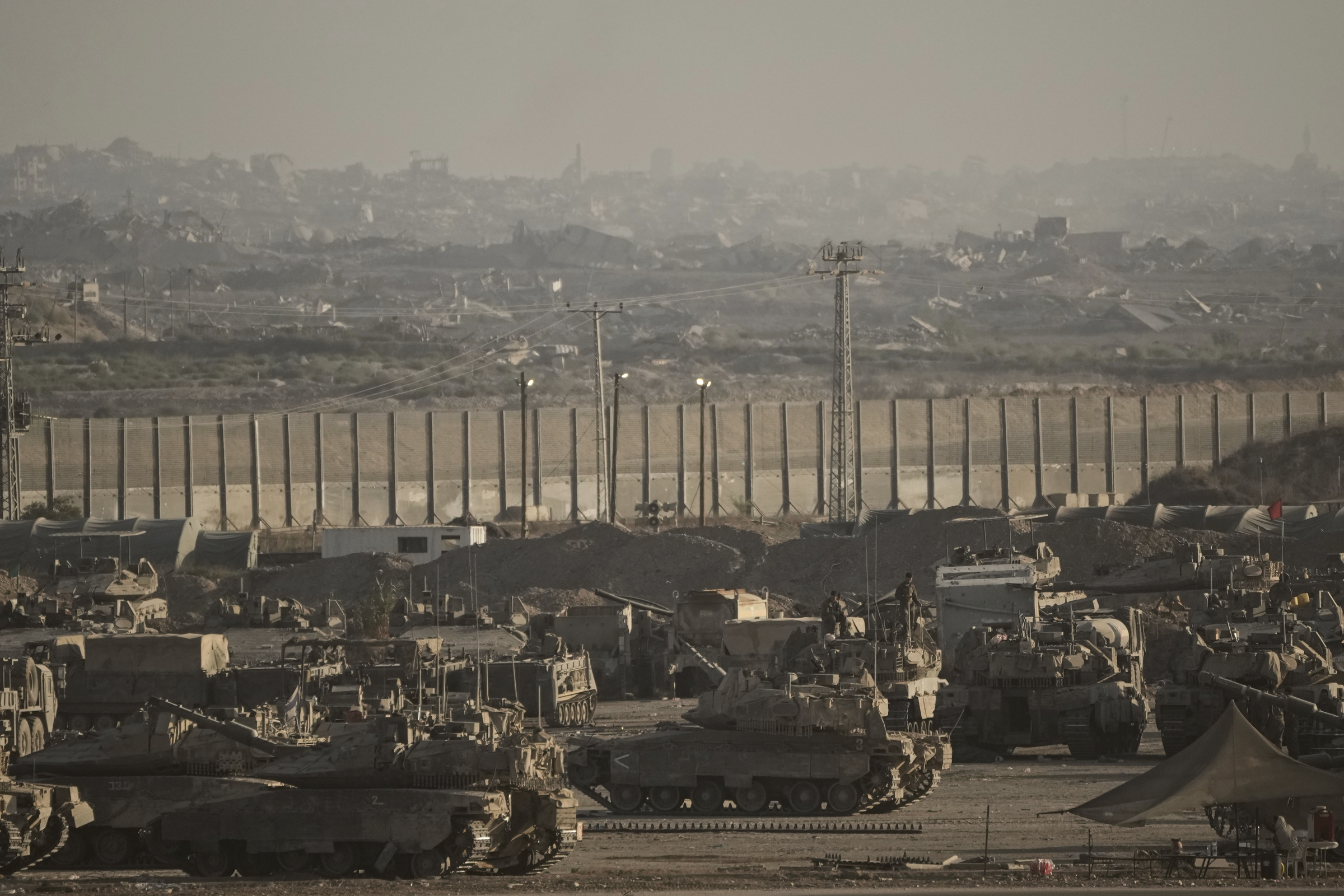 |
Israeli tanks and armored vehicles gather near the Gaza Strip on 16/9/2025. Photo: AP |
Israeli tanks and armored vehicles gather near the Gaza Strip on 16/9/2025. Photo: AP
Meanwhile, a UN Commission of Inquiry released a report on 16/9 concluding that Israel's war in Gaza is "genocide." They cited public statements by Israeli officials that indicated a "specific intent" to destroy the Palestinian people.
The commission has no mechanism to act on the genocide accusation, but their findings could be used by prosecutors at the International Criminal Court in their investigations. Tel Aviv has refused to cooperate with the commission, calling it "anti-Israel."
Ngoc Anh (Al Jazeera, AP, AFP)





